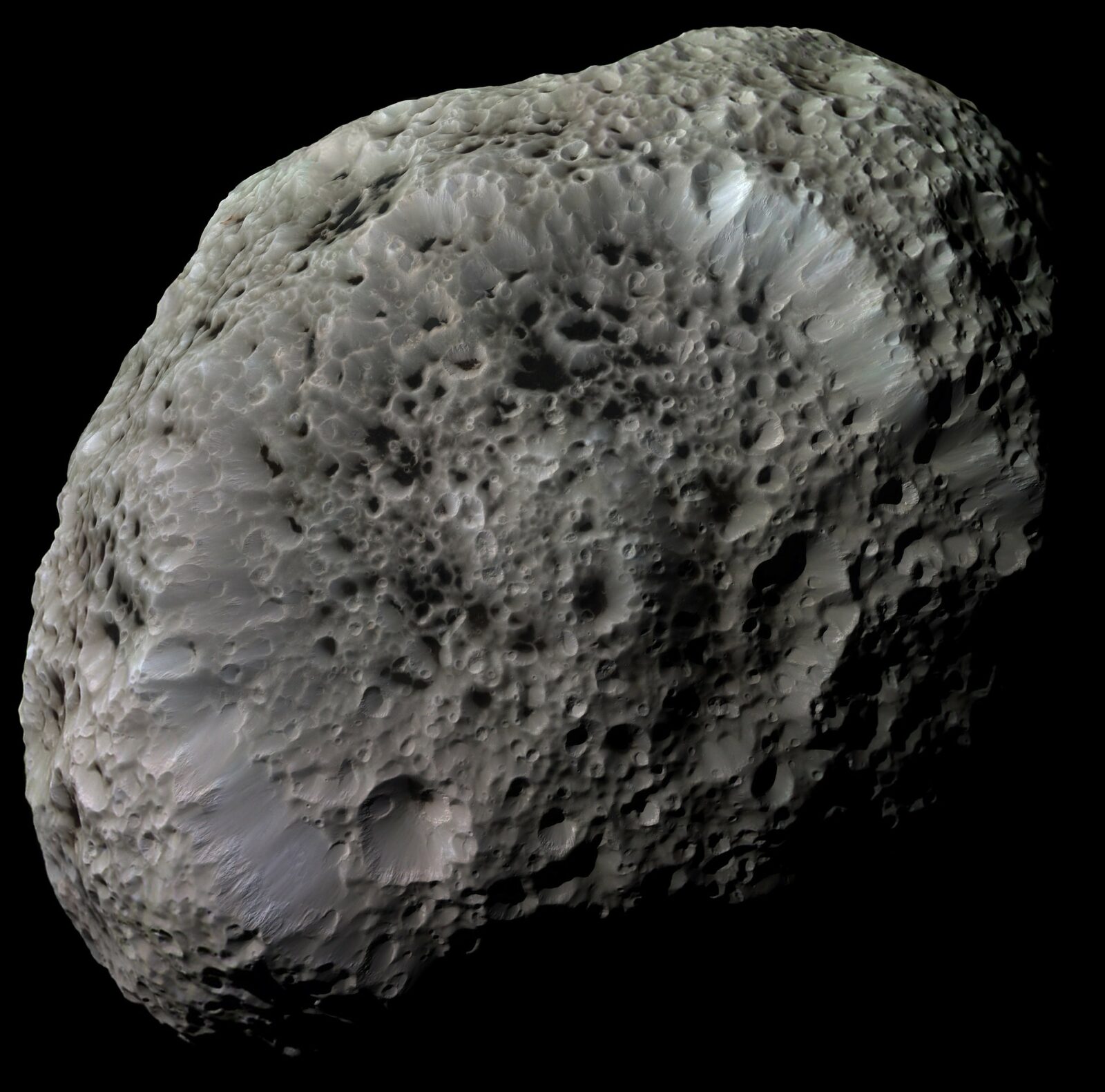Because of the information that may be gleaned from asteroids and the meteorites that break off from them and plummet to Earth, astronomers will often refer to asteroids being time capsules.
In light of the fact that the asteroid named Psyche is very intriguing, NASA has decided to dispatch a mission to examine the peculiar lump of rock. In preparation for the expedition, a group of scientists gathered data from a variety of telescopes to create a detailed picture of Psyche’s topography.
A small percentage of asteroids, around 8%, are classified as metal called M-type asteroids. These are the strangest forms of asteroids. They seem to have a greater quantity of metal, unlike the other kinds of asteroids, and experts believe that they are the origin of the iron meteorites which hit the Earth. One of the oldest stores of iron throughout the history of mankind was M-type meteorites.
M-type asteroid Psyche and Dwarf planet due to its small size of 220 km (140 miles). In the existence of Psyche, there has always been an element of mystery. A big body’s bare iron core was widely assumed by astronomers. According to this theory, the body’s shell and subsurface were eroded by a violent impact or series of impacts.
There is only one way to know for certain what Psyche really is. To be launched somewhere in the autumn of 2022, the mission is dubbed Psyche. A fresh depiction of Psyche’s exterior was drawn up by a team of scientists in preparation for the expedition. ALMA was utilized in this investigation to better understand 16 Psyche’s structure and evolution.
16 Psyche’s exterior is coated in several different materials, according to the research. Metal & silicate richness vary greatly in various locations, although evidence suggests that the object is rich in both.













Leave a Reply